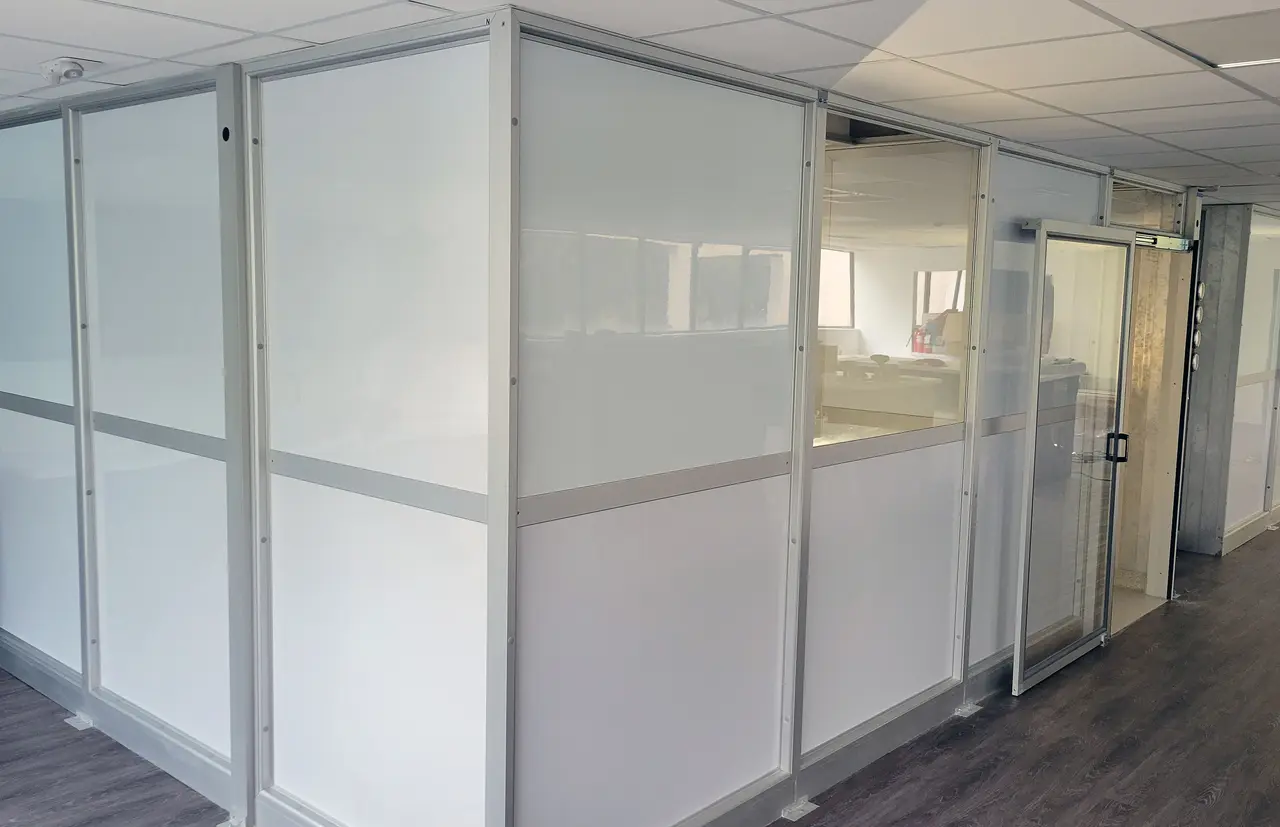Simplifying USP 800: How to Achieve Compliance in Your Facility
Navigating pharmaceutical regulations can feel overwhelming, but understanding USP 800 compliance doesn't have to be complex. This guide simplifies USP 800 guidelines to help pharmacies and healthcare practices easily adopt safer handling practices for hazardous drugs, protecting staff and patients alike.
What is USP 800 and Why is it Crucial for Healthcare?
USP 800 is a critical regulatory guideline established to minimize the risks associated with handling hazardous drugs. These drugs—including chemotherapy agents, antivirals, hormones, and more—pose significant health risks if improperly managed.
The primary goal of USP 800 is safeguarding healthcare professionals, patients, and the surrounding environment from exposure to hazardous substances. By adhering to these guidelines, pharmacies and healthcare facilities can ensure worker safety, improve patient care quality, and maintain regulatory compliance.
Implementing USP 800 demonstrates your commitment to safety standards, enhancing your facility's reputation for quality care and operational excellence.
Key Components of USP 800 Compliance
Achieving USP 800 compliance involves several essential components designed to minimize contamination risks:
1. Risk Assessment and Management
Conducting comprehensive risk assessments is vital. This process identifies exposure hazards associated with each drug and outlines necessary safety measures. Key containment strategies typically involve the use of specialized equipment such as Biological Safety Cabinets and USP 797/800 Cleanrooms.
2. Personal Protective Equipment (PPE) and Training
Staff handling hazardous drugs must be thoroughly trained in proper PPE usage—including gloves, gowns, respirators, and face protection. Regular, documented training sessions ensure personnel understand exposure risks and proper emergency procedures, keeping the workplace consistently safe.
3. Storage and Disposal Protocols
USP 800 outlines clear requirements for the safe storage and disposal of hazardous drugs. Facilities must have designated areas that minimize cross-contamination and environmental risks, reinforcing your facility’s safety measures and reducing potential liabilities.
Implementing Safe Drug Handling Practices
Effective handling practices form the backbone of USP 800 compliance. Facilities should adopt a structured, multi-tiered approach encompassing education, protective gear, and rigorous adherence to detailed operating procedures.
Best practices include:
Documenting step-by-step protocols for receiving, preparing, administering, and disposing hazardous substances.
Conducting periodic reviews and assessments to evaluate compliance effectiveness and identify improvement areas.
Encouraging open communication and feedback among staff to foster a proactive safety culture.
These systematic measures minimize accidental exposure, significantly enhancing workplace safety and regulatory adherence.
Facility Design for USP 800 Compliance
Facility design significantly impacts your ability to comply with USP 800 guidelines. Properly configured environments—such as dedicated cleanrooms—are essential in contamination prevention.
At Cleanroom Specialists, we offer tailored cleanroom design solutions featuring:
Specialized airflow and HEPA filtration systems to reduce airborne contaminants.
Dedicated storage and preparation areas with controlled environmental conditions.
Unidirectional airflow designs that further minimize the risk of cross-contamination between separate working zones.
Investing in customized facility designs not only ensures compliance but also instills confidence in both staff and patients regarding your facility’s commitment to health and safety.
Importance of Continuous Staff Training
Ongoing education is pivotal for maintaining compliance and managing evolving safety protocols. Well-trained staff effectively recognize and mitigate contamination risks, significantly enhancing workplace safety.
Effective training methods include:
Regular interactive workshops and simulations of real-life hazardous drug exposure scenarios.
Continuous updates on emerging best practices and regulatory changes.
Open dialogue through feedback sessions to identify operational challenges and reinforce safety measures.
By prioritizing comprehensive, ongoing staff education, you cultivate a culture deeply rooted in safety and continuous improvement.
Achieving USP 800 Compliance Made Easy
Though achieving USP 800 compliance may initially appear daunting, breaking it down into manageable components—such as risk assessment, training, and facility design—makes the process approachable.
At Cleanroom Specialists, we provide comprehensive solutions and custom-built cleanrooms to simplify your compliance journey. Our expertise and tailored approach ensure your facility meets all required standards, offering peace of mind and optimal protection for both staff and patients.
Ready to enhance your USP 800 compliance?
Contact Cleanroom Specialists today for personalized support and discover how our cleanroom solutions can meet your unique regulatory and safety needs.

